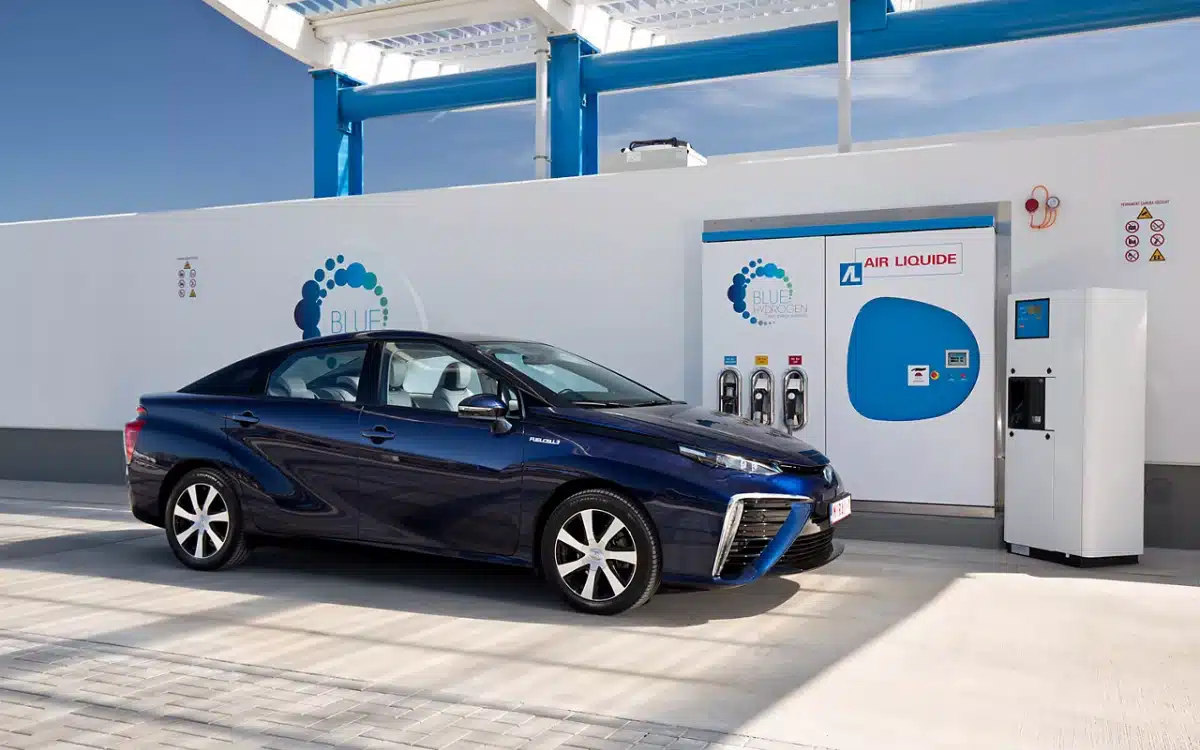Hydrogen Cars Triumph: Cleanest Option in Europe, Beating Electric Vehicles
Key Ideas
- A new Europe-wide study by the International Council on Clean Transportation reveals that hydrogen cars produce fewer emissions over their lifetime than any other type of vehicle, including electric cars.
- Hydrogen cars create just 50 grams of carbon emissions per kilometer, even lower than battery electric vehicles when charged with 100 percent renewable electricity.
- The availability of clean, renewable hydrogen in Europe is increasing, with companies committing to supply certified green hydrogen and the EU supporting its use in transport through funding and regulations.
- While electric vehicles still have a lower upfront carbon footprint, it takes around 17,000 kilometers of driving for an EV to catch up with the emissions of a hydrogen car, which is powered by green energy.
In a recent report released in July 2025 by the International Council on Clean Transportation (ICCT), hydrogen cars have emerged as the cleanest option for driving in Europe, surpassing electric vehicles and other car types in terms of emissions reduction. The study, which analyzed various car models sold in the EU this year, revealed that cars powered by green hydrogen produce the least pollution over a typical 20-year lifespan, considering emissions from manufacturing, fuel production, and recycling. With only 50 grams of carbon emissions per kilometer, hydrogen cars have proven to be more environmentally friendly than battery electric vehicles, which generate 52 grams when charged with 100 percent renewable electricity.
The key factor in hydrogen cars' low emissions is the use of clean, renewable hydrogen from sources like wind or solar power. The report highlights that the source of the fuel greatly impacts the environmental performance of hydrogen cars, as using hydrogen derived from fossil fuels significantly increases emissions. Fortunately, the availability of clean hydrogen is on the rise in Europe, with companies like H2 MOBILITY committing to supplying certified renewable hydrogen and the EU supporting the transition to green hydrogen in transport through investments and regulations.
Despite the environmental advantages of hydrogen cars, the adoption of this technology in the US has been limited due to the scarcity of hydrogen refueling stations. While electric vehicles still maintain a lower initial carbon footprint compared to hydrogen cars, the energy-intensive process of manufacturing batteries results in higher emissions at the outset. It typically takes approximately 17,000 kilometers of driving for an electric vehicle to offset its emissions and become more environmentally friendly than a hydrogen car powered by green energy. Ultimately, both electric and hydrogen cars are poised to play crucial roles in reducing pollution on roads, with hydrogen cars currently holding the title of the cleanest option available.
